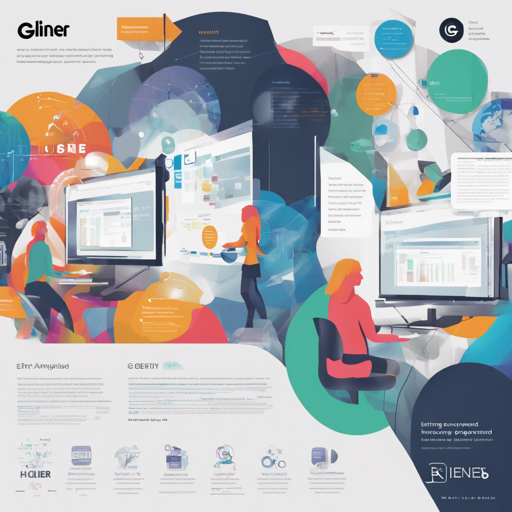GLiNER is an advanced Named Entity Recognition (NER) model powered by a unique bi-encoder architecture. In this article, we will explore the process of using GLiNER to identify various entity types from your text data. Let’s dive in!
Understanding GLiNER
GLiNER serves as a smart alternative to traditional NER models and large language models. It employs a bi-directional transformer encoder architecture, which can adeptly identify an unlimited number of entities, ensuring greater flexibility in text analysis compared to its predecessors. This architecture consists of a textual encoder based on DeBERTa v3 and an entity label encoder that uses the BGE-small-en model.
Getting Started With GLiNER
To begin utilizing GLiNER, follow the steps below:
- Download the GLiNER library.
- Import the necessary classes.
- Load the pre-trained model and predict entities.
Step-by-Step Implementation
Here are the steps to set up GLiNER in your Python environment:
from gliner import GLiNER
# Load the pre-trained model
model = GLiNER.from_pretrained('knowledgator/gliner-poly-base-v1.0')
# Sample text for entity recognition
text = "Cristiano Ronaldo dos Santos Aveiro (Portuguese pronunciation: [kɾiʃˈtjɐnu ʁɔˈnaldu]; born 5 February 1985) is a Portuguese professional footballer..."
# Define labels for the entities
labels = ['person', 'award', 'date', 'competitions', 'teams']
# Predict entities
entities = model.predict_entities(text, labels, threshold=0.3)
# Print identified entities
for entity in entities:
print(entity[text], '=', entity[label])How the Code Works: An Analogy
Imagine GLiNER as a well-trained librarian who knows how to catalog books based on various genres. In this scenario, the library represents text data filled with information, and each genre represents an entity type (like persons, dates, awards, etc.). Just as our librarian can quickly identify and retrieve books from different genres, GLiNER effectively recognizes and labels entities from the text.
When you load the GLiNER model, it’s akin to turning on the librarian’s knowledge. You provide it with a passage of text (the library), specify the genres (labels), and set a threshold for confidence in its predictions. The model then scans through the text and returns all the entities it identifies, much like a librarian pulling books from various shelves!
Optimizing Entity Recognition
If you have a large amount of entities to process, you can pre-embed them for faster predictions as shown below:
labels = [your entities]
texts = [your texts]
# Encode labels
entity_embeddings = model.encode_labels(labels, batch_size=8)
# Batch predict with embeddings
outputs = model.batch_predict_with_embeds([text], entity_embeddings, labels)Benchmarks
GLiNER has been evaluated against various datasets, showing impressive results. Here’s a quick view of its performance:
- CoNLL 2003: 67.8%
- MultiNERD: 64.5%
- WikiNeural: 80.0%
- Average Score: 45.8%
Troubleshooting Tips
If you encounter any issues while implementing GLiNER, here are some tips:
- Ensure that all packages are correctly installed and updated.
- Check the version compatibility of the GLiNER library with your system.
- For further support and real-time updates, connect with others working on AI projects at fxis.ai.
At fxis.ai, we believe that such advancements are crucial for the future of AI, as they enable more comprehensive and effective solutions. Our team is continually exploring new methodologies to push the envelope in artificial intelligence, ensuring that our clients benefit from the latest technological innovations.
Conclusion
In this guide, we explored how to efficiently utilize GLiNER for Named Entity Recognition. With its advanced architecture and capabilities, GLiNER proves to be a powerful tool for any text analysis task. Happy coding!
For more insights, updates, or to collaborate on AI development projects, stay connected with fxis.ai.

